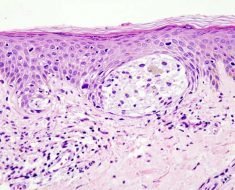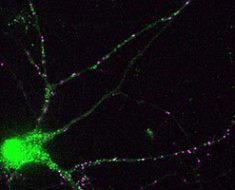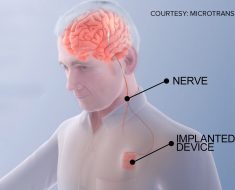By delving into the mysteries of low back pain, scientists have identified three genes linked to chronic back pain and proposed the order in which pathological changes to the spine lead to low back pain.
One of the most common health problems worldwide, low back pain (LBP) affects performance at work and overall well-being. Studies have shown that millions of workdays are lost every year because of LBP. Yet, despite its prevalence, its causes are still poorly understood.
The genome and LBP
Two studies supported by the European PAIN-OMICS project are aiming to provide insight into this mysterious condition. The first study, conducted by a team of scientists from Europe, Russia and the United States, focused on the genetic variants in people’s genomes to see if any are linked to LBP. They identified three loci – at SOX5, CCDC26/GSDMC and DCC – that are associated with chronic back pain (CBP).
“CBP was most strongly associated with rs12310519 in an intronic region of the SOX5 gene,” the authors reveal in their paper posted on bioRχiv. Further findings concerned the locus CCDC26/GSDMC: “The intergenic variants at CCDC26/GSDMC associated with CBP in the current study were also associated with lumbar microdiscectomy for sciatica in a prior genome-wide association study […]. These findings are intriguing, given that lumbar disc herniations have long been implicated as a cause of some forms of back pain.” The third significant CBP-associated variant was rs2116378, a variant in the gene DCC.
The current genome-wide meta-analysis was conducted on a discovery sample of 158 025 adults of European ancestry from Europe and North America. Of these adults, who were between 53 and 76 years of age, 29 531 suffered from CBP. This was then replicated in an independent sample of 283 752 subjects, including 50 915 CBP cases. CBP cases were defined as having back pain for a minimum of 3 or 6 months, or at least 1 month of back pain in consecutive years.
The study’s findings suggest possible mechanisms that involve the spine and/or shared biological pathways associated with CBP, cartilage, lumbar disc herniation, height and/or vertebral development.
Endplate defect and LBP
In the second study, published in the journal SPINE, an international team of researchers sought to determine the influence of endplate defect on LBP and to determine whether there’s a genetic influence on endplate defect. To do this, they focused on different features associated with spinal degeneration – endplate defect, modic change and lumbar disc degeneration – and the sequence in which these pathological changes occur.
This longitudinal study involved 996 twins who were given MRI scans between 1996 and 2000. A decade later, half of the pairs again underwent scans. The majority of the sample was female (96.1 percent), with a mean age of 53.6 years.
In their paper, the researchers propose that endplate defect triggers disc degeneration, which is then followed by modic change in some people. However, they point out that clinical studies may produce different results. Their results indicate a 55.3 percent chance that endplate defect is genetically transmissible from parent to offspring.
“This is the first study to report an estimated heritability for endplate defect, an MR trait only recently explored, which may yet provide the critical link between the various triggers of overall degeneration of the spine,” the authors conclude.
Source: Read Full Article





